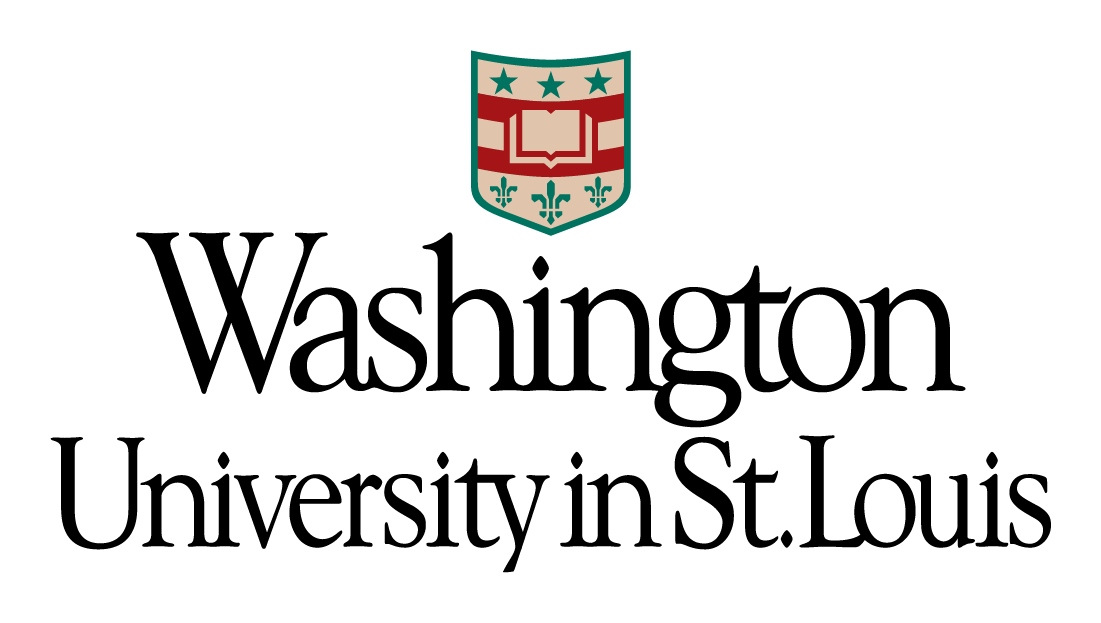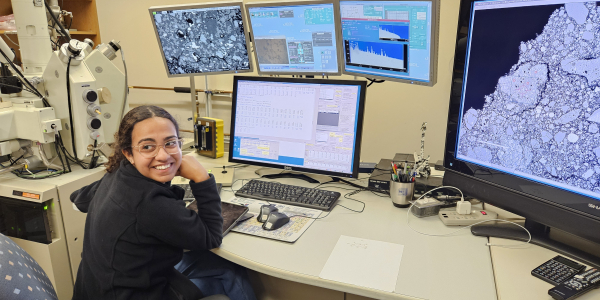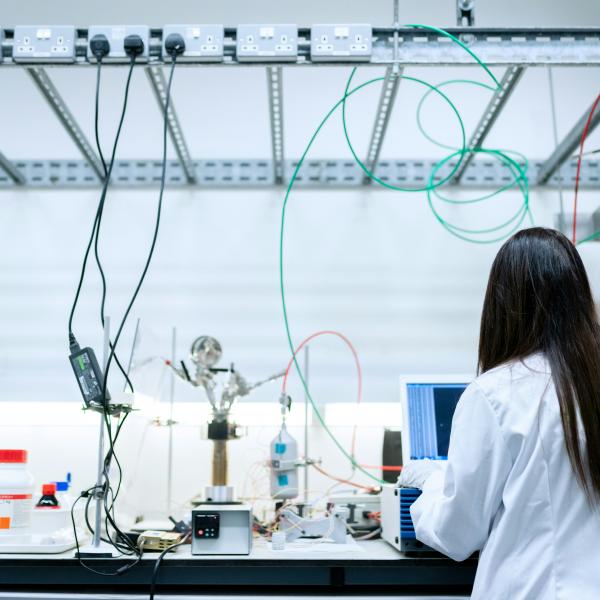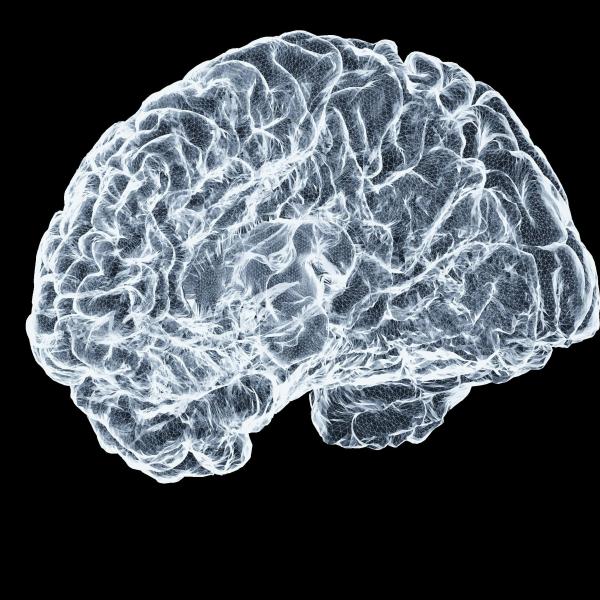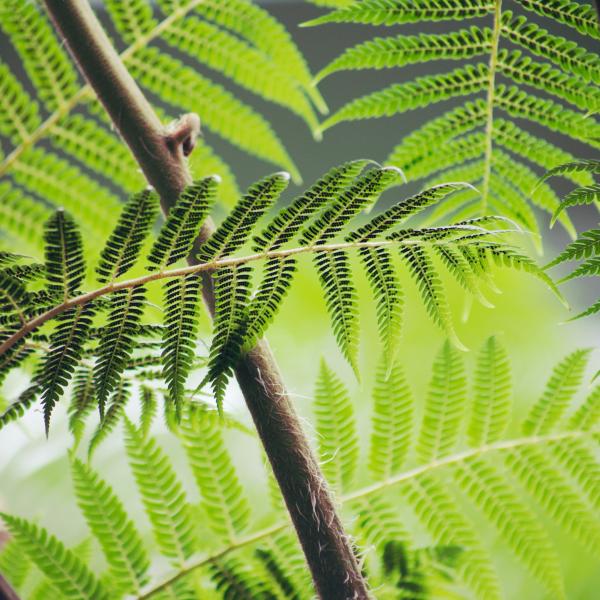As a Washington University student, Kenzie has delved into groundbreaking research.
Their collaborative study focuses on the detailed analysis of Apollo 17 lunar core samples using the electron microprobe housed in Rudolph Hall in the Department of Earth, Environmental, and Planetary Sciences. This sophisticated instrument enables detailed imaging and compositional analysis of the samples, providing valuable insight into their makeup and composition.

One area of interest is Tycho Crater, located at the southern tip of the Moon's nearside, formed recently enough that its stunning rays, composed of material ejected during the impact event, are still visible as vibrant streaks shooting out over extensive distances. All craters display this appearance upon formation, but over time, their rays fade away as they are exposed to the hostile space environment, gradually blending into the lunar surface.
During the 1972 Apollo 17 mission, the crew collected over 100 kilograms of rock and soil samples from the Moon. As one of Tycho's rays intersected the Apollo 17 landing site, it is likely that some of the material at the Apollo 17 site originated from the Tycho impact site. Laboratory analysis, done at WashU in the mid 1970s, indicate that these samples were disturbed approximately 110 million years ago. Some of the returned lunar samples were stored under pristine conditions for nearly fifty years, awaiting technological advancements to unveil further insights.

As part of NASA’s Apollo Next Generation Sample Analysis Program (ANGSA), Washington University was allocated a set of Apollo 17 continuous core thin sections and several separated lithic clasts. Jolliff and Paul Carpenter, senior staff research scientist, have conducted quantitative x-ray compositional imaging using electron probe microanalysis (EPMA) and the data from these analyses are available via the Quantitative Microanalysis Explorer, or QME tool, for investigation. The image and compositional data are ideal for preliminary assessment to select materials for further, in-depth quantitative analysis.
Kenzie skillfully utilizes the QME tool, developed by Carpenter, Ryan Ogliore, associate professor of physics, and former undergraduate Angelina Minocha (BA Physics 2023). This tool provides a comprehensive visualization platform for optical, electron, and quantitative X-ray images and maps.
“This lab is currently the only laboratory in the world doing this type of research,” said Jolliff.
The research conducted by Kenzie and her colleagues aligns with the overall intent of the ANGSA consortium, linking the first generation of lunar explorers from the Apollo era with future explorers as part of the Artemis program. This initiative, which examines samples kept in curation for fifty years, is essentially a new and cost-effective lunar sample return mission that offers fresh insights on lunar volatile reservoirs and processes that have shaped the Moon. The knowledge gained will have implications for future activities within the Artemis program.
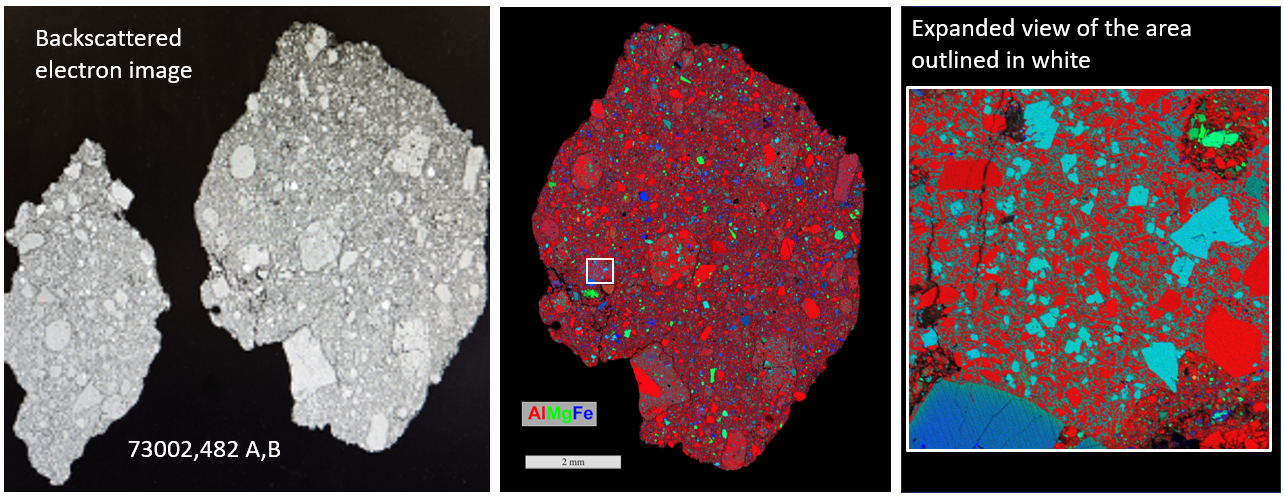
Kenzie's work focuses on the precise examination of thin slivers of core samples using the electron microprobe, specifically targeting regolith breccia rocks. These rocks consist of minerals, glasses, and lithic clasts cemented together by impacts and represent lithified lunar soil. Using the QME tool followed by additional in-situ analyses using the electron microprobe, she aims to determine the overall composition of the core samples, the origin of the lithic clasts, and potentially identify material originating from Tycho Crater.
The research conducted by Kenzie, working with mentor Brad Jolliff and Microprobe Lab manager, Paul Carpenter, and supported by their expertise and resources, is part of cutting-edge lunar sample science being done at Washington University. Their pioneering efforts contribute to expanding knowledge of the Moon and its geologic history.
Motivated by the vast unexplored regions of our solar system, Kenzie plans to pursue a PhD that integrates various disciplines such as geology, astronomy, chemistry, and biology. For her future career, she is open to exploring various opportunities that will allow her to contribute to space exploration and scientific advancements in the future. The sky is not the limit!
